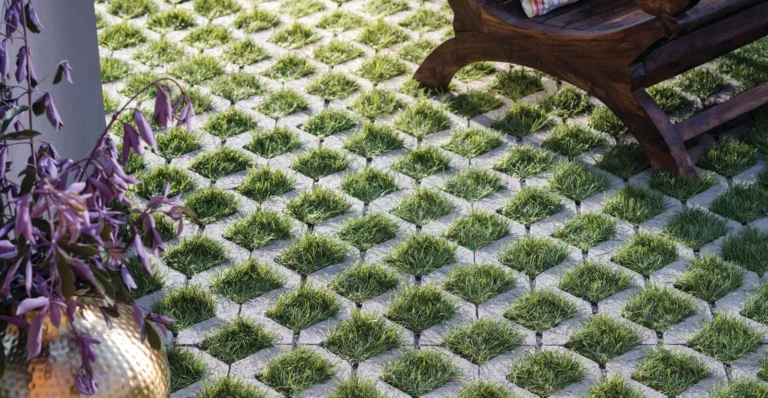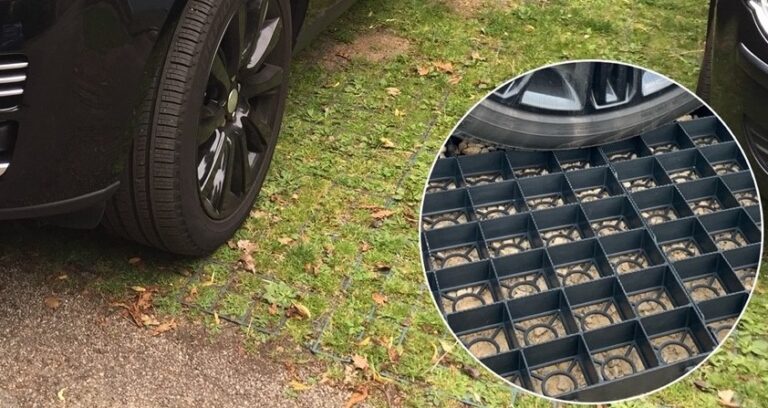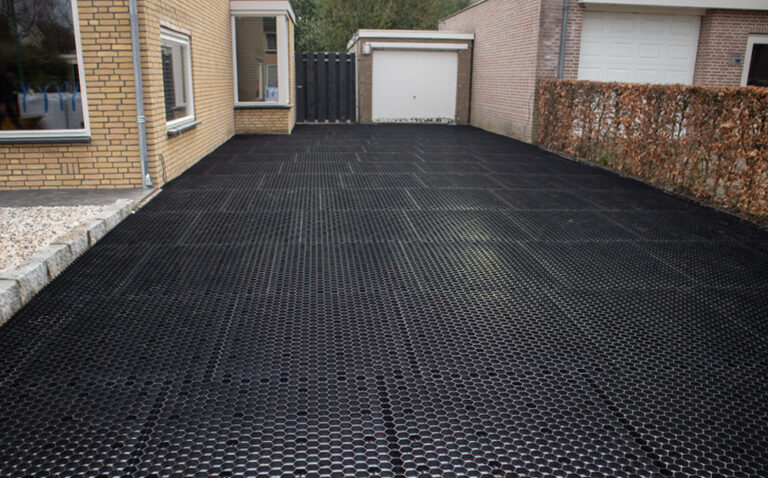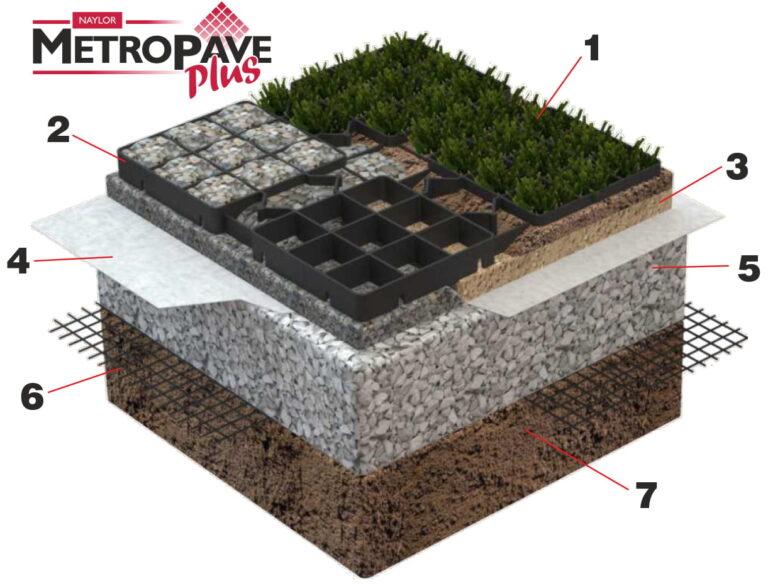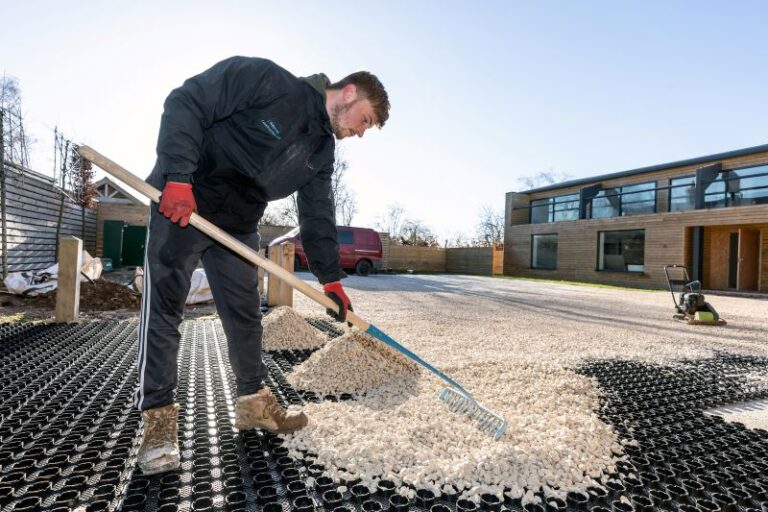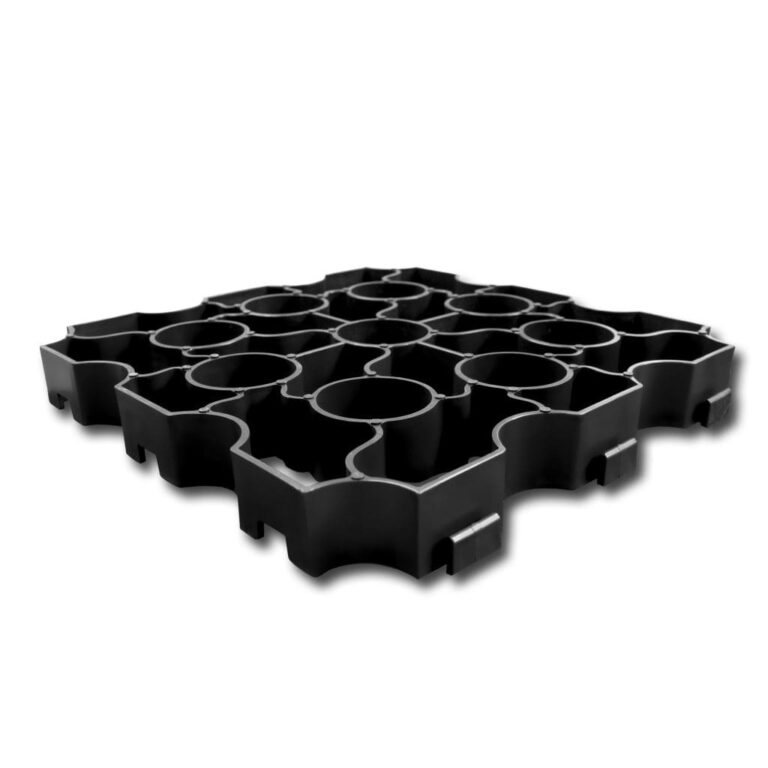Interlocking Driveway Grids – Durable, Permeable, and Eco-Friendly Pavement Upgrade
Interlocking driveway grids are smart paving systems composed of durable plastic or concrete cells that interlock to stabilize gravel, grass, or resin infill. Designed for driveways, parking spaces, pathways, and fire lanes, they deliver enhanced load-bearing capacity, erosion protection, permeability, and aesthetic appeal. This extensive guide provides essential details: product options, functional benefits, real-world installation examples, purchasing advice, and answers to common questions, empowering you to confidently choose interlocking driveway grids for your next project.
What Are Interlocking Driveway Grids?
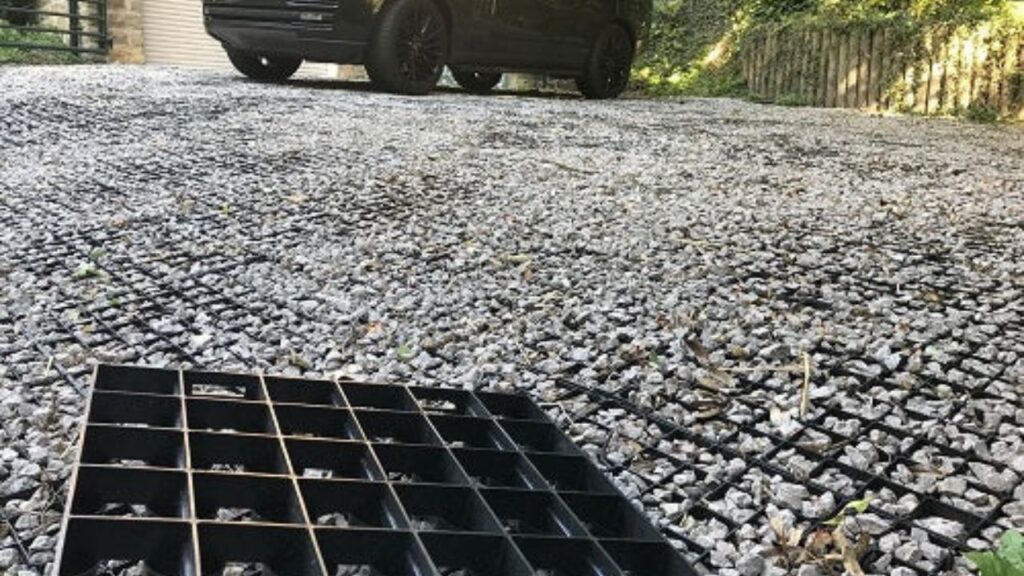
Interlocking driveway grids feature modular cells arranged in geometric patterns—often in a honeycomb or square design—capable of containing gravel, turf, or resin. Panels snap or bolt together to form a continuous load-bearing surface. When installed on a compacted sub-base and filled, they offer stability without the need for solid paving or concrete, allowing full permeability and natural drainage.
These systems are ideal for applications ranging from residential driveways to rural access roads, emergency lanes, gravel parking bays, and decorative garden courtyards.
Benefits of Interlocking Driveway Grids
Exceptional Load Distribution and Durability
These grids evenly disperse vehicle weight across a wider foundation, preventing rutting, sinking, and shifting often seen in loose gravel. Many products support cars, trucks, and even emergency vehicles, ensuring driveway longevity under repeated use.
Eco-Friendly, Permeable Design
Unlike sealed or impermeable surfaces, grid systems allow natural infiltration of rainwater, reducing runoff and contributing to groundwater recharge. Many regions now mandate permeable pavements, making these grids an environmentally responsible option.
Top 5 Interlocking Driveway Grid Products
Below are the leading products frequently used in driveway grid installations. Each offers unique strengths based on material, depth, and load capacity:
AquaGrid Plus (2″ HDPE Grid)
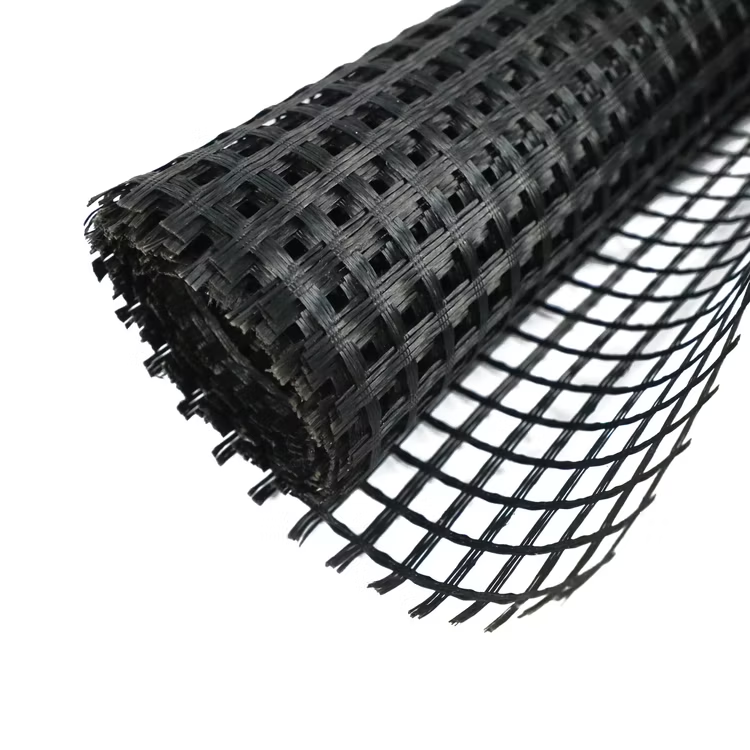
Made from recycled plastic, AquaGrid Plus offers a lightweight, resilient solution for gravel driveways. It supports cars and small vans, locks in infill, and resists UV degradation. Popular for DIY installs, it includes turf and gravel kits for flexible aesthetics.
MegaCell Pro (3″ Heavy‑Duty Concrete Grid)
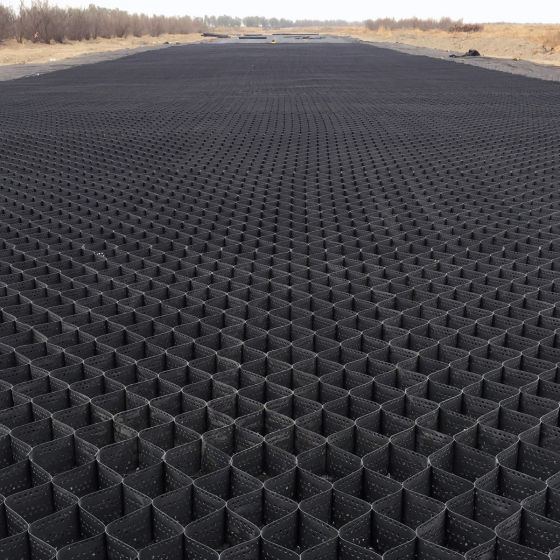
Constructed from reinforced concrete, this grid supports heavier vehicles like delivery vans and agricultural equipment. The mortar-free, anchor-base design resists slope movement and is ideal for high-load zones or commercial use.
GrassMax Turf Grid
Aesthetically focused, this rigid plastic grid supports grass growth to create a formal lawn driveway that can handle occasional car traffic. It blends structural integrity with natural appeal.
PaveGreen Resin‑Bound Grid
Combining grid stability with resin-bound aggregate, this seamless, decorative finish suits entrances and walkways requiring a refined look. The surface drains naturally and is easy to clean.
RuggedCell Interlocking Gravel Grid (2.5″)

This HDPE grid balances load support and durability, accommodating cars and light trucks. It’s cuttable for curves and slopes, fitting countryside or rural driveway applications.
Product Deep-Dive and Benefits
AquaGrid Plus
A supporting DIY favorite, AquaGrid Plus locks gravel into place, eliminating routine spread and pothole development. It’s UV-stable, compact, and easily customizable by homeowners. Ideal where weight-bearing capacity and DIY flexibility are key.
MegaCell Pro
This reinforced concrete grid excels in heavy-duty scenarios such as commercial loading zones or wide residential driveways. Its anchor system prevents shifting and allows stable turf or gravel infill that remains flat even under constant stress.
GrassMax Turf Grid
Offering a fully green driveway solution, GrassMax supports lawn growth while dispersing weight effectively. It enables landscaping continuity while preventing grass rutting. Low maintenance for homes desiring curb appeal and green coverage.
PaveGreen Resin‑Bound Grid
Resin-bound grids provide a smooth finish suitable for pedestrian areas, mobility access, and decorative entrances. The grid underneath prevents cracking while granting resin surfaces their clean, cohesive appearance with porous drainage.
RuggedCell
Balancing cost and performance, RuggedCell is mid-range but strong. Cuttable and adaptable, it suits long rural drives or curved private roads, offering durability for domestic farm vehicles without the bulk of concrete grids.
Use Cases: How Interlocking Grids Solve Real Problems
Stabilizing Loose Gravel Driveway
Loose gravel drives often form ruts and washouts. Grid systems solve this by locking aggregates in place, maintaining level surfaces. Once installed, homeowners report no longer needing gravel refills or dealing with puddling after heavy rain.
Creating Emergency Fire Lanes
Local regulations often require permeable and load-bearing fire lanes. Concrete and HDPE grids support fire trucks while allowing water infiltration, meeting safety and environmental standards.
Eco-Friendly Grass Parking Pads
GrassMax helps homeowners create concealed parking pads while preserving the lawn look and park-like aesthetics. Withstood vehicular weight and hides parked cars visually.
Decorative Commercial Entrances
Retail or office entrances often replace concrete ramps or asphalt with resin-bound grid systems. These offer a designer aesthetic, easy cleaning, and compliance with disability access rules.
Stabilizing Farm Field Access
Farmers use rugged concrete or HDPE interlocking grids to create stable access lanes through fields, preventing vehicle rutting and managing drainage with minimal environmental impact.
Installation Guide
- Measure and Plan – Calculate needed panels, add 10% for edges and cuts.
- Excavation and Sub‑Base Preparation – Dig to 10–15 cm, add compacted gravel and weed-suppressing fabric.
- Laying Grids – Snap panels in place from a corner outward; use edge restraints or anchors on slopes.
- Filling Infill – Add gravel, turf seed and soil, or resin-bound stone, filling cells to level.
- Compaction and Finish – For gravel, compact multiple times to settle; turf needs watering and regular care; resin cures as per product instructions.
DIY vs Pro Installation
While DIY is feasible for HDPE grids, heavier concrete or resin systems benefit from professional installers to ensure proper compaction, slope grading, and surface finish.
Where to Buy Interlocking Driveway Grids
Available through:
- Landscape and paving distributors offering local showroom support
- Online home and garden retailers with delivery
- Specialist installers selling grid-plus installation packages
Affiliate Links for Purchase
[Buy AquaGrid Plus]
[Order MegaCell Pro Concrete Grid]
[Get PaveGreen Resin Grid Kit]
Frequently Asked Questions
Q1: Can I plow snow or mow over these grids?
Yes—resin and concrete surfaces use rubber plow blades without damage; turf fills allow mowing as usual, and gravel surfaces are plowable when installed correctly.
Q2: How much time does installation take?
An average driveway (50 m²) can be prepped and gridded in one day; infill and compaction add a bit more. Resin systems may need a curing time.
Q3: Are interlocking grids cost-effective?
They may cost more upfront than plain gravel, but savings accumulate over time—no re-graveling, reduced weed issues, less drainage damage. Long-term benefits favor these systems financially and functionally.
